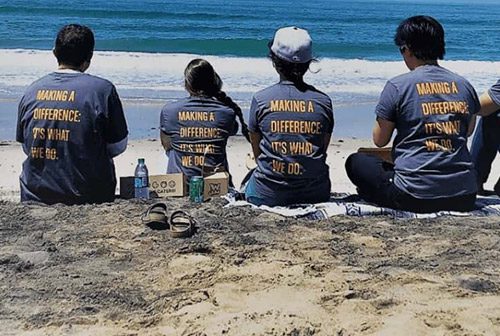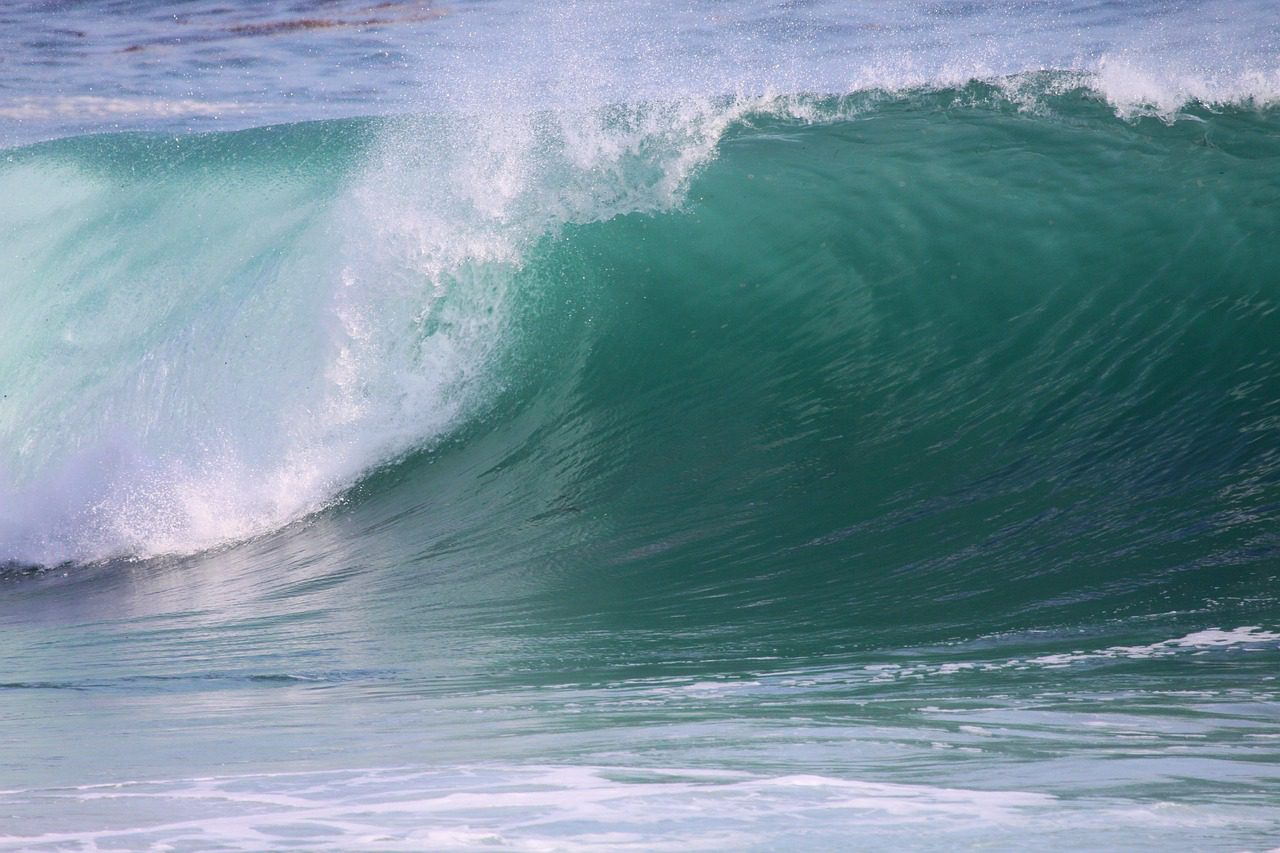

On March 15, my co-intern Noah and I had to do a school project that utilizes some things that we have learned and done so far here at San Diego Coastkeeper. As interns, we are responsible for analyzing and producing all the data graphs you see on the water quality wiki. We decided to measure the bacteria count in the water in our bathrooms. Once we had the results, we would then compare our two houses to each other and to the bacteria levels in the waters around San Diego County.
Once Noah and I collected some water samples from our sink, toilet bowl and the toilet tank, Travis, Coastkeeper’s water quality lab coordinator, helped us analyze for E. coli and enteroccoci.
The results were somewhat surprising. All results were below the minimum level that the test can show, with the exception of samples taken from one of our toilet bowls (the actual owner to remain anonymous). One of our toilet bowls showed an E. coli level of 648.8 MPN/100 ml. This level of EColi is comparable to the February results from one of the Tijuana River sites. According to the field data sheet, the sample site also contains “lots of trash (including: a bowling ball, a boat, 3 deflated soccer balls, Styrofoam).”
Feel free to check out water quality data for other watersheds in San Diego. And read more about “gross water” on Coastkeeper’s blog.















